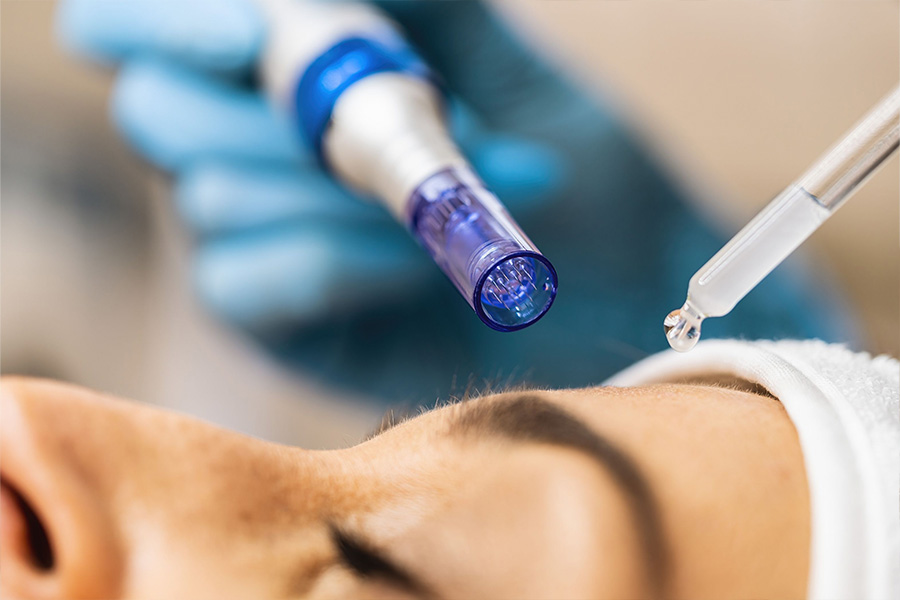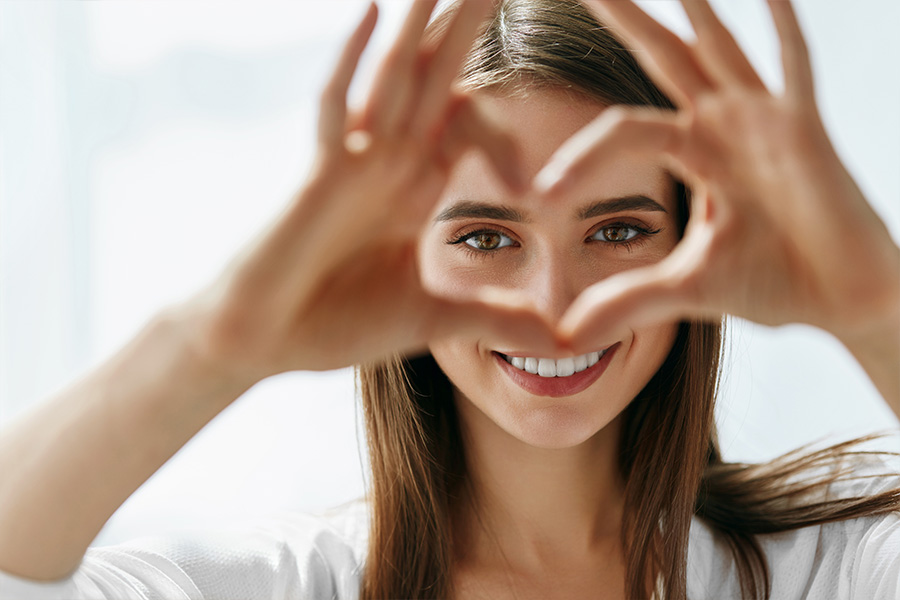- 100 S Ellsworth Ave #806 San Mateo, CA 94401
- (650) 401.6060
- [email protected]
The Cause of Crows Feet Around Your Eyes
EYES- Diminish Visible Signs of Aging
September 5, 2013Home2
September 21, 2013
Most everyone knows that the habitual expression of squinting and smiling causes crows feet, but did you know that photo damage is also a major cause? In addition to Botox, learn the simple noninvasive ways to correct and prevent crows feet from worsening!
Do you remember where you were when you first noticed your crow’s feet? Perhaps you were glancing in the mirror after a shower or examining photos of yourself from a recent vacation. There are at least four reasons or causes of crows feet around the eyes.
One important factor to remember, and reason why crows feet become more visible than other wrinkles is that the skin is much thinner around the eye. Fatty thick tissue, what the skin around your eyes doesn’t have, helps to keep the skin tight and firm on other parts of the body. Eventually, the fatty tissue layer is lost or becomes thinner on others parts of the body as well and that’s when one will start to see a loss in elasticity and sagging skin.
The Causes of Crows Feet
What causes crows feet around eyes is what causes wrinkles on other parts of the face. There are actually several factors. One is squinting. Any habitual facial expression can eventually cause a wrinkle on the area of the face that is involved. Why squinting causes wrinkles has to do with reduced production of new cells. It started out as thin skin in the first place and it becomes even thinner as the years roll because the body’s natural rejuvenation processes slow down.
Another factor may be the way that you sleep. Habitually sleeping on your side can cause the lines to appear. A third factor is sunlight. Exposure to sunlight may be what causes crows feet around eyes, because of something called photo-aging. Leave anything out in the sun for a while and it will become dry and faded. Depending on the material, it may become wrinkled, too. Some materials are more susceptible to photo-aging than others, because of free radicals.
Lastly, the fourth cause is free radicals. Human skin contains free radicals that can damage cellular DNA and lead to aging. Exposure to sunlight causes the number of free radicals to increase and stimulates them to do this kind of damage.
-
Sun Damage – Just remember that 90% of aging is caused by photo damage!
-
Free Radicals -Use antioxidant in your skin regimen!
-
The way you sleep – Avoid sleeping on your side
-
Habitual Expressions such as squinting and smiling
Simple Tricks to Correct Crows Feet
The Huffington Post recently spoke with an anti-aging expert who had a few tips on how to make tired looking, wrinkly eyes appear more vibrant and youthful. Salt can play a major factor in your peepers’ appearance and too much of it causes the skin to inflame and the thin, sensitive skin around the eyes to easily become puffy. If you do happen to have a very salty meal, he suggests drinking eight to 12 glasses of water the following day to rejuvenate your skin.
Forget the old cucumber trick – starchy potatoes might be better. The doctor says that cuke slices are great to reduce puffiness and redness around the eyes, but for those of us who are more worried about dark circles in this region, pieces of potato might be better. Chill the potatoes and rest them on your eyes for five minutes or so, and you’ll likely see a change for the better.
There’s another sector of the beauty world that can help with eye woes – cosmetic medicine. According to the American Society of Aesthetic Plastic Surgery, there are a number of aesthetic procedures that can make improvements around the eyes. Botox or dermal fillers can help treat fine lines around the eyes, while an eye lift or face lift can offer more permanent results.
Skin procedures like chemical peels or microdermabrasion can also enhance the quality of your facial skin. To determine what solution may be best for you, book a consultation at LuminaSkin!
Try these Simple Methods of Correction
-
Botox-the best non-invasive medical treatment to soften the wrinkles and provide a subtle lift!
-
Chemical peels/Microdermabrasion-enhances the quality of your facial skin.
-
Less salt-A diet too high in salt causes the skin to inflame and thin.
-
More starch- Instead of using cucumbers, try cold potatoes!
Sources:




